Aeroelasticity of fans and compressors
Project CONDOR presents a comprehensive research program between Safran Aircraft Engines and Ecole Centrale de Lyon on aeroelastic instabilities in different components of ducted turbomachine architectures with Ultra-High-Bypass-Ratio. The proposed research has significant impact on safety, but also on greenhouse-gas and noise emissions.
Extending a long-established collaboration in form of an Industrial Chair will use synergetic expertise from academy and industry to answer long reaching research questions which are out of scope for small scale projects. Thanks to this collaboration, elaborate and innovative academic methods can be used to advance state-of-the-art technology and enable high-performant and safe propulsion systems for the future.
Within the scientific program novel methods will be developed to investigate multi-physical coupling phenomena between aerodynamics, aeroacoustics and structure vibration. Fundamental understanding of these interactions will require a detailed analysis of complex, three-dimensional and transonic flow, using advanced scale resolving numerical methods (LES). Based on anticipated results of these high-fidelity studies, new pathways for physical modelling and structure interaction will be created. The numerical studies will be complemented by multi-physical experiments with unprecedented and instrumentation. Based on the original studies on different applications, coupling mechanisms will be characterized to enable the development of advanced prediction methods and modelling frameworks which can be employed in an early stage of turbomachinery design.
News and updates
Preparing Atlantis!
Stay tuned for the next experimental campaign with the ECL5 fan stage on geometric mistuning...
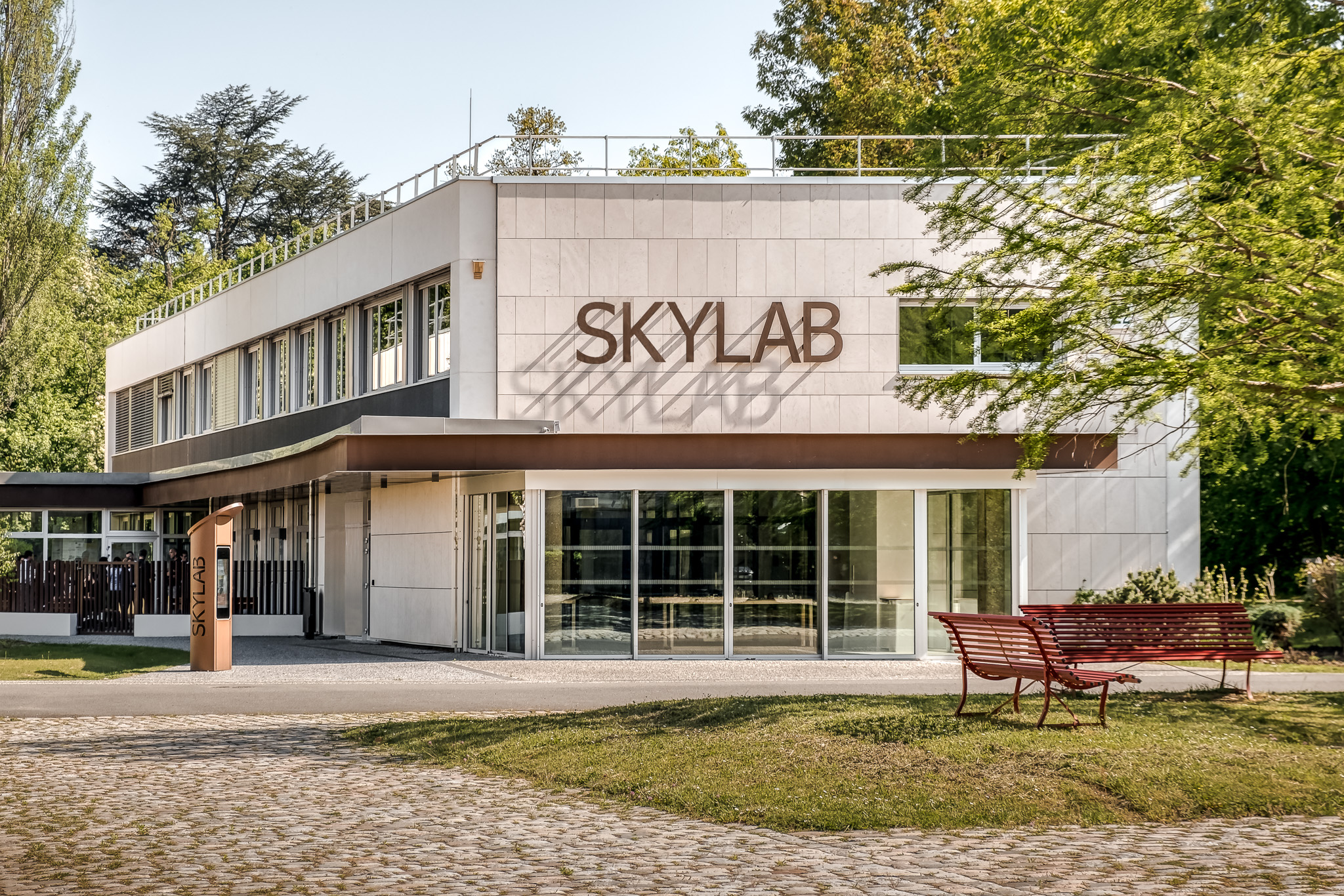
Workshop ECL5/CATANA@LMFA
Modern turbomachinery is susceptible to complex, non-linear interactions between aerodynamic, aeroelastic, and aeroacoustic phenomena. As future engine architectures adopt Ultra-High-Bypass Ratio (UHBR) designs and lightweight composite fan blades to reduce greenhouse gas emissions and noise, these multi-physical interactions will become even more critical. However, significant knowledge gaps persist in understanding these processes and their impact on stability limits.
To address this challenge, the Turbomachinery Dpt of LMFA at Centrale Lyon has developed and experimentally tested an open-test case for a UHBR fan stage : the ECL5 fan stage [1-3]. Designed to reflect the characteristics of modern low-speed fans, ECL5 serves as a foundation for collaborative research. The workshop ECL5 marks the beginning of an international research initiative, providing a platform where the open-test case and related results are shared and discussed with the research community.
[1] Pagès, V. ; Duquesne, P. ; Aubert, S. ; Blanc, L. ; Ferrand, P., Ottavy, X. ; Brandstetter, C. UHBR Open-Test-Case Fan ECL5/CATANA. Int. J. Turbomach. Propuls. Power 2022, 7, 17, 10.3390/ijtpp7020017
[2] Schneider, A. ; Fiquet, AL. ; Paoletti, B ; Ottavy, X ; Brandstetter, C. Experiments on tuned UHBR open-test-case fan ECL5/CATANA/ Performance and Aerodynamics. Journal of Turbomachinery, 2024, 146 (8), 10.1115/1.4064231, hal-04066082
[3] Fiquet, AL. ; Paoletti, B ; Ottavy, X ; Brandstetter, C ; Schneider, A. Experiments on tuned UHBR open-test case fan ECL5/CATANA : stability limit. Journal of Engineering for Gas Turbines and Power, 2023, pp.1-12., 10.1115/GT2023-102537, hal-04066078v2
AgendaPublications
Non-Synchronous Vibration: Characterization of the Aerodynamic Disturbance and Its Dependency on Local Tip Clearance
Pierre THARREAU, Magnus HARDY-FALCH, Sina STAPELFELDT, Christoph BRANDSTETTER
J. Eng. Gas Turbines Power. May 2025, 147(5) - doi:10.1115/1.4067215

Nonsynchronous vibrations (NSV) occurring near the stall boundary pose a major challenge to the design of safe and efficient compressors and fans. NSV occurs when aerodynamic disturbances which develop close to the aerodynamic stability limit couple with blade vibration. Despite its importance and a recent rise in research efforts, the exact nature of the aerodynamic disturbance is unknown and there are no robust modeling and prediction methods available. A characteristic parameter crucial to the successful prediction of NSV is the circumferential propagation velocity of the aerodynamic disturbance, which determines whether lock-in with a structural vibration mode is possible. This paper uses detailed aeroelastic measurements and coupled time-accurate simulations on the open-test-case composite fan ECL5, which was experimentally tested at Ecole Centrale de-Lyon in project CATANA, to characterize the aerodynamic disturbance and determine the mechanisms responsible for its circumferential propagation. As part of this, the influence of blade-to-blade variations in tip clearance size is investigated. The disturbance is identified as a vortical structure which originates in the tip clearance flow close to the leading edge and is convected across the passage to the trailing blade where it triggers the release of a new vortical structure. The tip clearance plays a crucial role in setting the convection speed across the passage and also influences the transfer mechanism across the blade. Overall, a larger tip clearance is found to increase the speed and strength of the disturbance in the subsequent passage. The implications of tip clearance variations for vibration are modeled and the results confirmed in the experimental analysis. It is shown that blade-to-blade variations in the tip clearance act as a form of aerodynamic mistuning, leading to vibrations in multiple nodal diameters.
Projects
CARI - Blade vibration and acoustic mode interaction in an annular compressor cascade
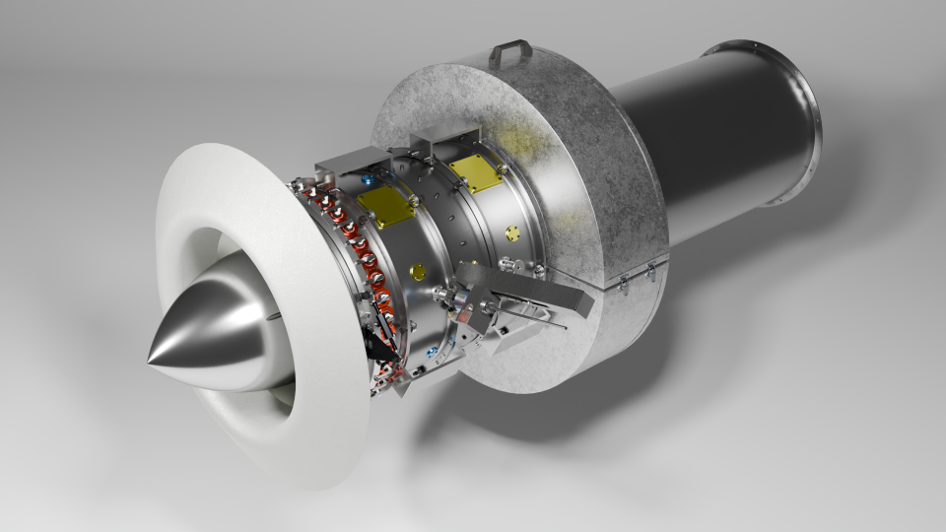
The CARI experiment investigates the coupling between aerodynamics, structural vibrations and acoustic modes through an annular cascade. Particularly separated flows are sensitive to multi-physical interactions, which state-of-the-art simulation methods struggle to predict accurately.
A trapped acoustic mode is generated in the duct using an array of compression driver, interacting with the blade structure and the propagation of the separation.
Achieving the desired resolution of unsteady flow features requires highly detailed instrumentation. This includes microphones designed in-house, steady and unsteady pressure measurements, five-hole probes, hot-wire probes, PIV, and pressure sensitive paint.
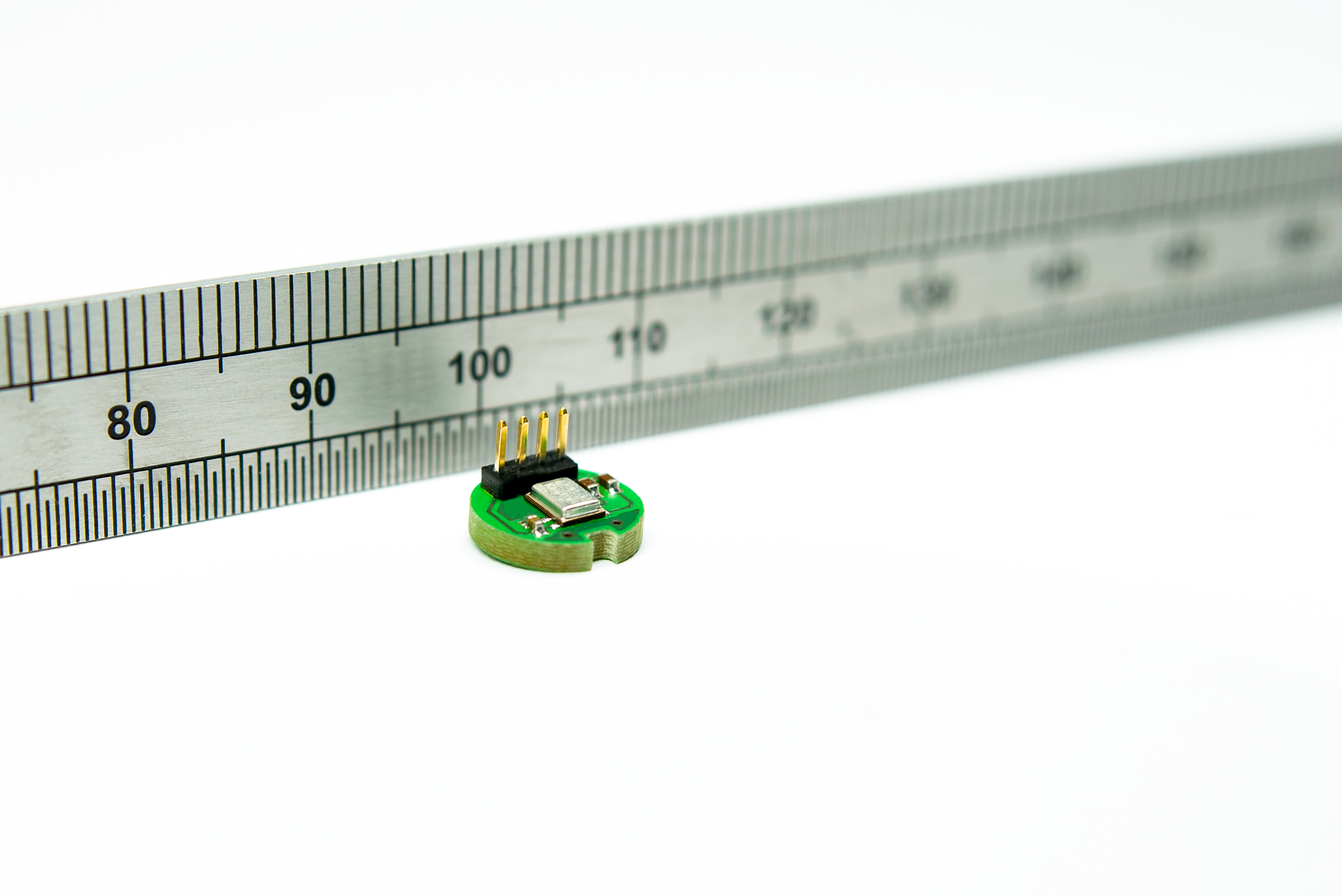
Advanced aeroelastic simulations of fans and high-speed compressors
The project is inserted in the CONDOR chair with the objective of increasing understanding of the fluid-structure interaction phenomena observed in Ultra-High Bypass Ratio fans, namely non-synchronous vibrations, by means of unsteady CFD analysis with mesh deformation.
The goal is to be able to numerically capture the lock-in mechanism that is characteristic of this type of vibration. With this, increased insight into the aerodynamic disturbance that is responsible for vibration, and it’s interaction with the structure, should be obtained. The available experimental data of the ECL5 fan is to be used for cross validation of the numerical results.
A chain of aeroelastic simulations is to be assembled, to accurately predict critical interaction modes between fluid and structure and define the onset criteria for the instability.
The non-linear character of NSV results in high blade vibration amplitudes, of the order of magnitude of 3 times the blade tip thickness - to successfully capture such vibrations using CFD, a robust mesh deformation workflow should be in place. The current available capabilities of mesh deformation algorithms were not capable, as they stand, to impose high amplitude vibrations. Careful study of how to impose deformation at different domain boundaries was performed to achieve the vibration levels necessary, also keeping high mesh quality.

Mesh deformation: a) Mode shape imposed b) Mesh close up to leading edge through vibration cycle of 3 times blade tip thickness: Left - maximum displacement on pressure side direction; Middle - zero displacement; Left - maximum displacement towards side
The aerodynamic influence coefficient method has been performed at a stable operating point close to stall at the 55% speed. This method allows for the generation of a stability curve – prediction of aerodynamic damping for various nodal diameters – with a single simulation with 5 blade passages.

Aerodynamic influence coefficient simulation last vibration cycle; Blade to blade entropy contour at 94% span
Experimental investigation of aeromechanical instabilities in composite UHBR fans with geometric mistuning

While rotating stall and flutter are well predictable with modern numerical methods, the prediction of NSV is challenging to the complexity of the underlying multi-physical interactions of aerodynamics and structural mechanics. Today it is known, that NSV is related to small-scale aerodynamic disturbances (radial vortices with the length scale in the order of one blade pitch) that propagate in circumferential direction in the leading-edge plane of the fan rotor at stable operating conditions. Depending on their spatial organization and propagation speed with respect to the rotational speed, these disturbances interact with the rotor blades and can cause severe blade vibrations when their frequency (in the rotating frame of reference) is coincident with an eigenfrequency of the rotor blades. To increase the prediction accuracy for this phenomenon, it is crucial to understand, what determines the number of propagating disturbances, their speed and how they interact with a vibrating blade. Within this context, the project ATLANTIS was initiated by the GUIde 7 consortium with the goal to develop new insights and criteria for the onset of instability using experimental and numerical studies on engine representative test cases.
Entropy contours at 98% channel height showing aerodynamic disturbances propagating in the circumferential direction.
The thesis uses the open-test-case composite fan stage ECL5, which was developed at Ecole Centrale de Lyon and experimentally investigated within the European project CATANA using extensive synchronized multi-physical instrumentation. The focus of the thesis is to investigate the effect of geometric mistuning of the blades as a mitigation technique against NSV. Modifications are made to the leading edges of a few blades around the circumference in a non-homogeneous / non-symmetrical manner, with the hope that these non-uniformities will prevent the fan from reaching reasonance with the aerodynamic instability (lock-in phenomenon). Simulations have been carried out during the last two years, and experiments will be held on the LMFA’s test rig in March 2025.
Intentional aeroelastic design of fan blades - Reduced order model's theory and qualities
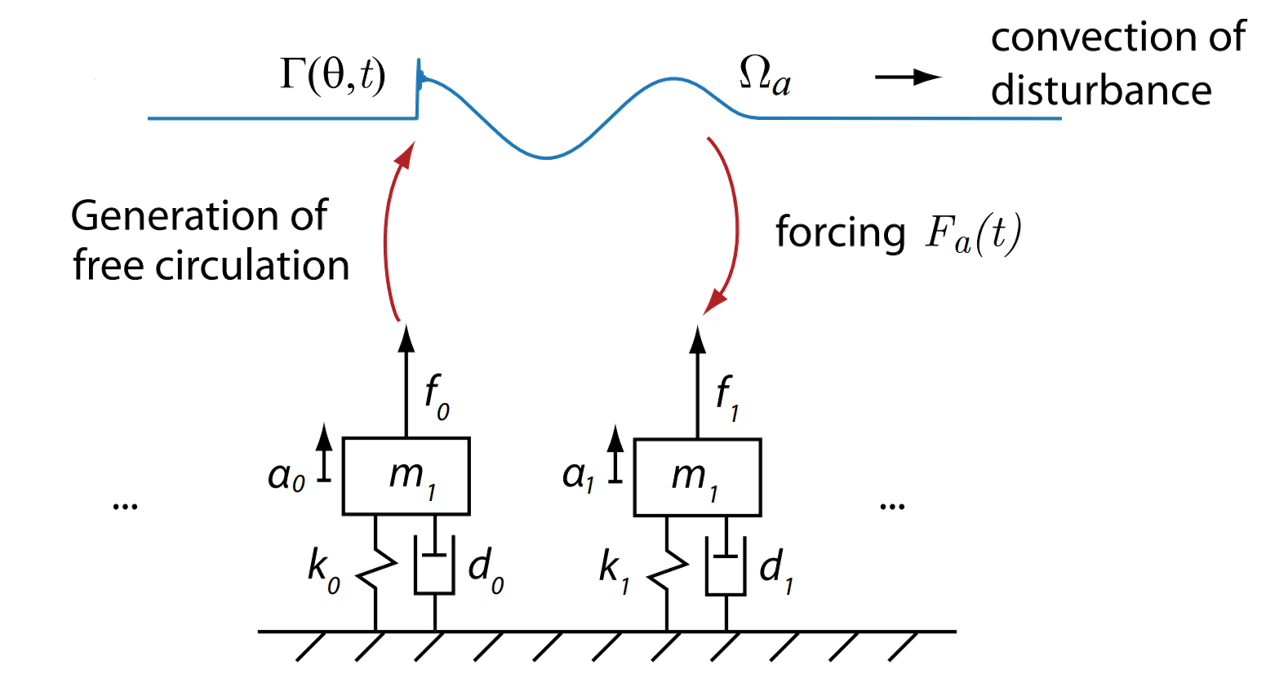
One prevalent instability identified is Non-Synchronous Vibrations (NSV), which restrict the operating range of the machine. Despite advancements in numerical methods, simulating and predicting NSV remains challenging. Fan blades, constructed from layered composites, undergo a complex design process involving Finite-Element Modeling and coupled URANS solvers for aeroelastic simulations. However, these simulations are time-consuming and impractical for assessing the entire operating range and variations of countermeasures against aeroelastic instability.
To overcome these limitations, the proposed thesis aims to redefine the design process by integrating reduced-order models that capture modal frequencies and shapes based on composite layup patterns. By coupling these models with an aeroelastic CFD solver and developing a system model for NSV, the objective is to enable intentional tailoring of structural design in a closed loop. This approach seeks to move beyond conventional design rules and optimize composite layup patterns as a key parameter. The thesis will focus on creating and validating reduced-order models, conducting sensitivity studies using fluid-structure coupled CFD simulations, developing a system model for NSV, and deriving aeroelastically optimized composite patterns.
The study will utilize the open-test-case transonic fan ECL-5 developed at Centrale Lyon and tested in the CATANA project. While validation methods for FEM and CFD simulations are established, the primary focus will be on advancing the required reduced-order models and system modeling.
Design and test of a passive casing treatment to suppress Non-Synchronous-Vibrations on the open-test-case fan ECL5
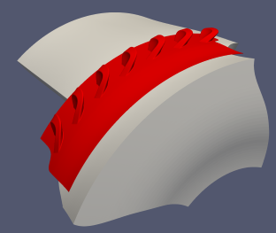
Within this project a casing treatment to mitigate the NSV observed on the test case ECL-5 will be designed using state-of-the-art numerical methods. Time resolving simulations comprising the full-annulus setup will be carried out to determine the nonlinear coupling between fluid and the fan blades. Analysis of the numerical simulations will encompass a thorough decomposition into physical contributions, characterizations of aerodynamic disturbances, interactions with blade vibration and acoustic duct modes. The designed geometry will be fabricated and experimentally investigated on the test facility PHARE2.
